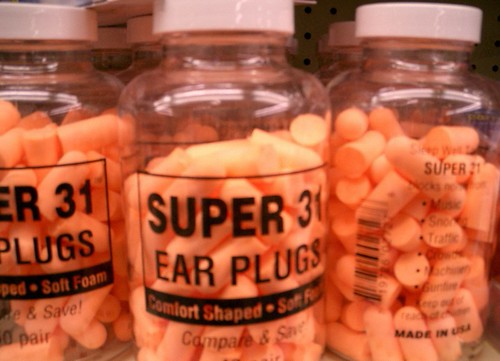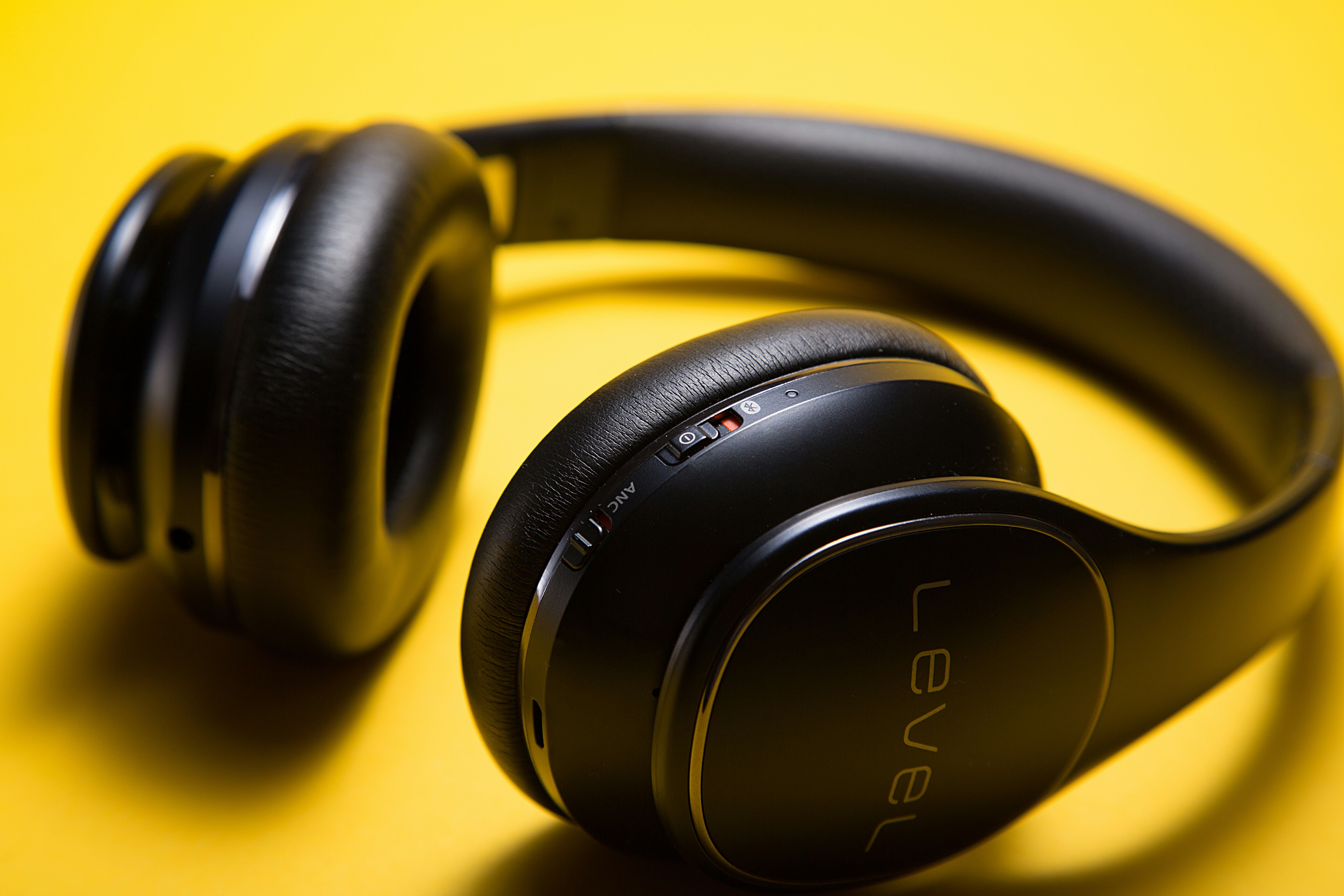What Does 70 Decibels Sound Like?
At 70 decibels, the sound you hear is akin to the hum of a washing machine or the rumble of a dishwasher in your kitchen. But what does this level of noise mean for your daily life and your health? Understanding the impact of 70 decibels can shed light on how to protect your hearing and create a more peaceful environment. Curious to uncover more about the significance of this seemingly moderate sound level?
We are supported by our audience. When you purchase through links on our site, we may earn an affiliate commission, at no extra cost for you. Learn more. Last update on 5th July 2025 / Images from Amazon Product Advertising API.
Understanding 70 Decibels
When aiming to comprehend the intensity of 70 decibels, consider it akin to the hum of a functioning washing machine or dishwasher. At this level, exposure to noise is generally considered safe for your hearing. The Environmental Protection Agency (EPA) recommends a maximum exposure of 70 decibels over a 24-hour period to prevent potential hearing damage. It is crucial to note that extended exposure to noise levels above 55-60 decibels can become disturbing to individuals over time.
The perception of sound at 70 decibels can vary depending on the distance from the sound source. For instance, being closer to a running dishwasher might subject you to a louder experience compared to being several feet away. Despite this, 70 decibels are generally not harmful to hearing according to safety guidelines. It is essential to be aware of the noise levels in your environment to prevent any potential harm to your ears.

Common Sources of 70 Db
To understand common sources of 70 decibels, consider appliances like running dishwashers or washing machines as primary contributors to this noise level. A running dishwasher typically produces around 70 dB of noise, falling within the range of normal conversations and close to the sound level of an alarm clock. Washing machines, especially during the spin cycle, can also reach this 70 dB mark. In environments like open offices, noise levels can range from 65-75 dB, nearing the 70 dB threshold.
According to safety guidelines, exposure to 70 dB noise is generally not harmful to hearing. However, prolonged or consistent exposure to this level of noise can still have some impact, especially in sensitive individuals. It is important to be mindful of the cumulative effects of noise exposure over time, as it can gradually contribute to hearing damage.
Being aware of these common sources of 70 dB noise can help you take precautions to minimize your exposure. Consider using ear protection in environments where noise consistently reaches this level, and try to limit the time spent in such environments to reduce the potential impact on your hearing health.
Effects of 70 Decibels
Exposure to 70 decibels of noise can have varying effects on individuals depending on factors such as duration and proximity to the sound source. Here are some key points to consider regarding the effects of 70 decibels:
- Hearing Health: While exposure to 70 dB noise is generally considered safe and not harmful to hearing, prolonged exposure can still impact your auditory health over time.
- Disturbance Levels: Extended exposure to noise levels above 55-60 dB can be disturbing to individuals, affecting concentration, relaxation, and overall well-being.
- Perception Variability: The perception of 70 dB noise can vary depending on the distance from the noise source. Being closer to the source can make it seem louder and potentially more bothersome.
- Health Recommendations: The Environmental Protection Agency (EPA) recommends a maximum exposure of 70 dB within a 24-hour period to prevent adverse health effects related to noise exposure.
- Protection Importance: While 70 decibels might not cause immediate damage, it is still essential to use ear protection in environments where this noise level is sustained to safeguard your hearing in the long term.

Comparing 70 Db to Other Sounds
Comparing 70 decibels to other sounds reveals its similarity to the noise levels produced by common household appliances like a washing machine or a dishwasher. At 70 dB, the noise level falls within the range of normal conversation, which typically ranges between 60-70 dB. While exposure to 70 dB noise is generally not harmful to hearing, prolonged exposure above 55-60 dB can become disturbing over time.
To prevent potential hearing damage, the Environmental Protection Agency (EPA) recommends a maximum exposure of 70 dB within a 24-hour period. This guideline emphasizes the importance of limiting exposure to excessive noise levels despite 70 dB being relatively safe. However, in a work environment, the noise limit is set higher at 85 dB over an 8-hour workday to safeguard employees’ hearing health effectively.
Understanding how 70 dB compares to other sounds aids in grasping its potential effects on individuals. While it may seem innocuous compared to louder noises, prolonged exposure should still be managed carefully. Knowing that 70 dB aligns with common household appliance noise levels can help individuals gauge when their environment may pose risks to their hearing health.

Protecting Hearing at 70 Decibels
Protect your hearing effectively at 70 decibels by implementing appropriate protective measures. When exposed to 70 dB, equivalent to the noise produced by a washing machine or dishwasher, it may not be harmful initially, but prolonged exposure above 55-60 dB can lead to disturbances. To prevent hearing damage or hearing loss, it is essential to follow the recommended maximum exposure of 70 dB within a 24-hour period, as suggested by the EPA. Here are five essential ways to maintain healthy hearing at 70 decibels:
- Monitor noise levels: Keep track of the sounds around you to ensure they do not exceed 70 dB for prolonged periods.
- Wearing hearing protection: Use earplugs or earmuffs when in environments where the noise level reaches or exceeds 70 dB to mitigate potential harm.
- Understand harmful noise: Educate yourself on what levels of noise can be damaging to your hearing to take appropriate precautions.
- Measure noise: Utilize sound level meters or apps to gauge the noise levels accurately and adjust your surroundings accordingly.
- Prevent hearing damage: Take breaks from noisy environments, and if possible, reduce the volume of loud appliances or machinery to protect your hearing health.

